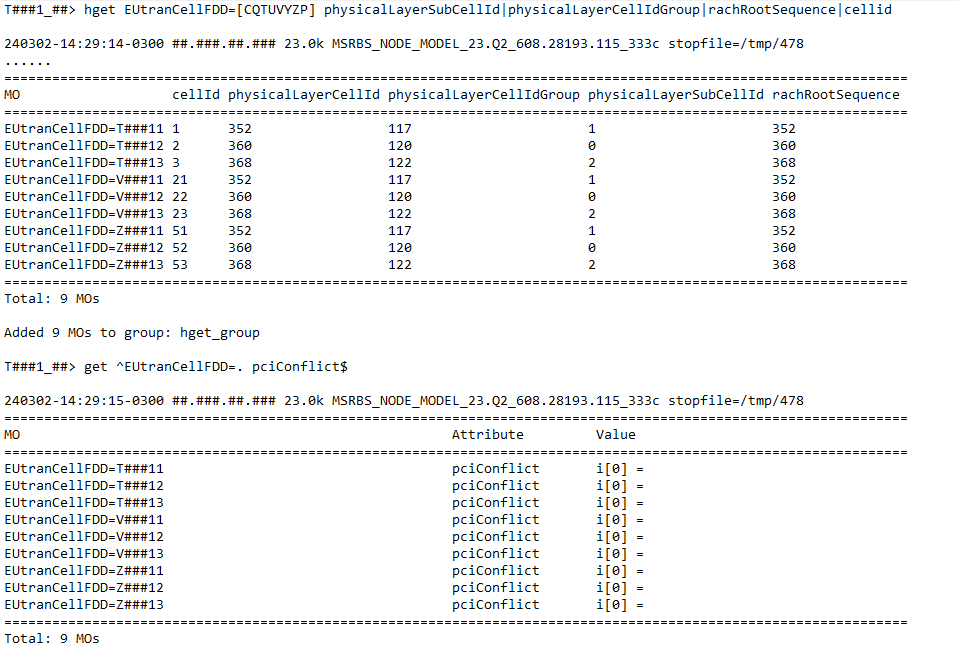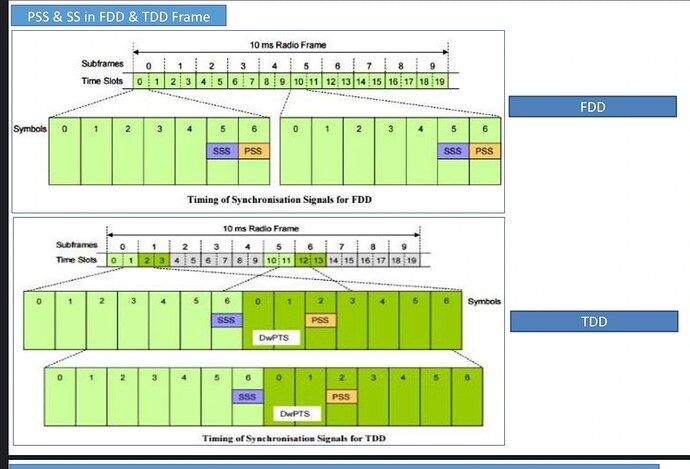Introduction to Physical Cell Identity (PCI) in LTE Networks
A Physical Cell Identity (PCI) is a unique identifier within an LTE network that distinguishes individual physical cells. It plays a crucial role in cell synchronization and handover processes. PCIs are numerical values ranging from 0 to 503, allowing for 504 distinct identities within a network. Careful PCI selection is essential to ensure efficient network operation by preventing interference and collisions between neighboring cells.
Best Practices for PCI Selection
New PCI groups are typically required in two scenarios:
- New Site Deployment: When introducing a new site, PCIs should be assigned to avoid interference. A minimum separation of 10 km between identical PCI groups is recommended to prevent interference conflicts.
- Sector Expansion: Expanding a site from 3 to 6 sectors necessitates a new PCI group for the additional sectors. For instance, if the initial three sectors use PCIs 8, 16, and 32, the new sectors (4, 5, and 6) should be assigned a different group, such as 40, 48, and 56.
However, carrier expansion within the same site does not require a new PCI group. For example, adding a 2600 MHz carrier to a site already using 700 MHz can reuse the existing PCI set, as PCIs are carrier-independent. This approach optimizes network management and prevents the waste of PCI identities.
Tools for PCI Selection and Management Specialized tools can automate PCI selection, considering factors like network topology, potential interference, and cell neighborhood. These tools help avoid PCI conflicts and ensure optimal distribution for improved network performance.
PCI Verification and Conflict Checking Commands
To verify PCI configurations at a site, use the following command:
hget EUtranCellFDD=[CQTUVYZP] physicalLayerSubCellId|physicalLayerCellIdGroup|rachRootSequence|cellid
This command provides detailed information about the PCI configuration of cells at the site. To check for PCI conflicts in the network, use:
get ^EUtranCellFDD=. pciConflict$
This command identifies any PCI collisions that might impact network operation. If conflicts are detected, the system will provide details about the affected cells.
Conclusion Strategic PCI selection is vital for building and maintaining high-quality LTE networks. By adhering to best practices for PCI assignment, utilizing appropriate tools, and conducting regular checks, it’s possible to minimize interference and ensure efficient, stable network operation.
LinkedIn (in Portuguese): ![]()
Please take a look at the example of how to use the commands.

